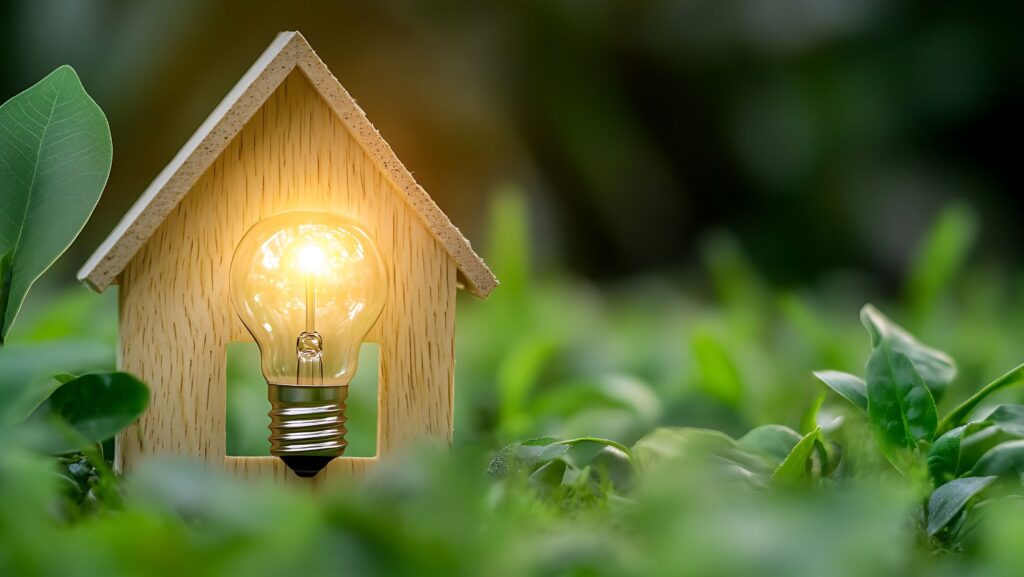Grass is thirsty. Austin is dry. Time for a smarter yard.
Let’s be real: that lush, golf-course-style lawn might look great in photos—but in Central Texas? It’s a water-guzzling, high-maintenance liability.
Austin summers are hot. Rain is unpredictable. And city water rates? Let’s not even go there.
If you’re still clinging to the dream of a full St. Augustine carpet, it might be time for a wake-up call. The good news? There’s a better way.
Eco-friendly, drought-resistant landscaping is no longer a trend—it’s a necessity. And when done right, it’s stunning. Let’s dig into how modern Austin landscaping services are rethinking yards to be beautiful, low-maintenance, and environmentally responsible.
Contents
Table of Contents
ToggleStep One: Ditch the Thirsty Lawn (At Least Some of It)
You don’t have to go full desert chic, but reducing lawn space is the first step toward sustainability. Grass requires constant watering—especially in Austin’s triple-digit heat.
Consider replacing unused turf areas with:
- Native plant beds
- Gravel or decomposed granite pathways
- Groundcovers like horseherb or silver ponyfoot
- Mulch-heavy zones that retain moisture and suppress weeds
Less lawn = less irrigation = fewer headaches. Your water bill will thank you.
Step Two: Go Native or Go Broke
Native plants are the MVPs of drought-resistant design. They’ve evolved to survive in Austin’s soil and climate without the pampering. That means:
- Less water
- Fewer pests
- Zero drama
Some low-maintenance Texas natives to consider:
- Texas sage
- Red yucca
- Blackfoot daisy
- Gulf muhly grass
- Flame acanthus
They’re not just resilient—they’re really good-looking. Native species can bring texture, color, and pollinators into your yard without draining your resources (or your Saturday mornings).
Step Three: Irrigation, but Make It Efficient
You don’t have to stop watering—you just have to stop wasting water. And the reality? Most traditional irrigation systems do exactly that.
With smart upgrades, like drip irrigation or weather-based controllers, you get targeted watering only when and where it’s needed.
Drip systems are perfect for beds and native plants. They prevent runoff, reduce evaporation, and get water straight to the root zone. Bonus: they won’t soak your sidewalk every morning at 6am.
Professionals offering Austin landscaping services can audit your current setup and design something that respects both your landscaping in Austin and local water restrictions.
Step Four: Zone Your Yard Like a Pro
Every yard has its microclimates. That sunny slope? It dries out fast. The shady corner? Could stay damp for days.
Smart landscape design uses hydrozoning—grouping plants with similar water needs together. That way, you’re not drowning the cactus to keep the ferns alive.
Good zoning = good sense. It keeps your landscape thriving and your irrigation system working with precision.
Step Five: Mulch Is Not Optional
Seriously. Mulch isn’t just a pretty ground cover—it’s water-saving armor for your soil.
A 2–3 inch layer of mulch:
- Retains moisture
- Regulates soil temperature
- Blocks weeds
- Reduces erosion
Use natural mulch like shredded hardwood, cedar, or pine bark. Steer clear of rubber mulch (great for playgrounds, terrible for plant roots).
Refresh mulch annually and never pile it against the base of plants. Think mulch doughnuts, not mulch volcanoes.
Step Six: Add Function, Not Just Foliage
Eco-friendly doesn’t mean boring. Want to upgrade your outdoor space without overplanting? Think:
- Permeable patios
- Rain gardens for stormwater runoff
- Stone seating walls
- Native wildflower meadows
- Raised beds with edible plants

The goal is to design a yard that feels intentional—one that works with the climate, not against it.
Final Thought: Drought-Resistant Doesn’t Mean Desert Dull
There’s a common misconception that eco-friendly means dry, brown, and uninspired. That couldn’t be further from the truth.
Modern landscaping in Austin has evolved. Today’s drought-tolerant designs are colorful, creative, and incredibly functional. They require less upkeep, waste less water, and still deliver serious curb appeal.
So if you’re ready to stop fighting your yard—and start enjoying it—it may be time for a smarter, greener strategy.
Because in Austin, saving water isn’t just environmentally responsible. It’s the only way to landscape for the long haul.

